House Training an Adult Dog: 5 Tips for Success
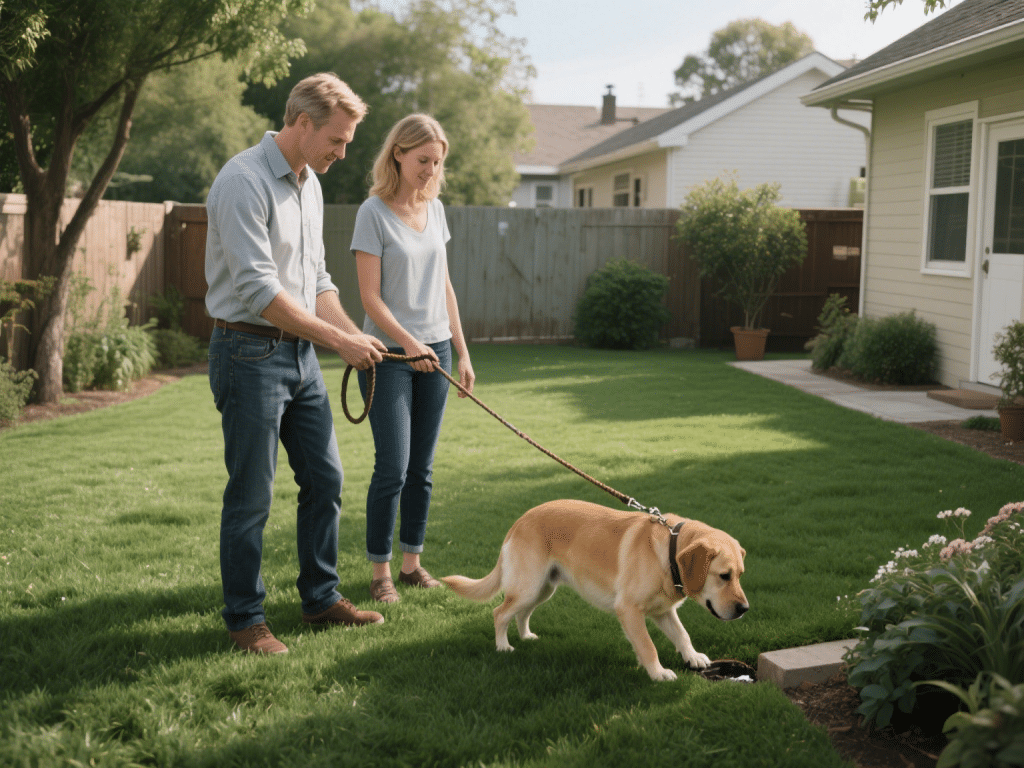
Welcoming an adult dog into your home can be incredibly rewarding—but if they’re not house trained, it can also be a challenge. Whether adopting from a shelter or rehoming due to lifestyle changes, many adult dogs need guidance to learn where and when to eliminate. With over a decade helping rescue dogs, I’ve refined techniques that respect your dog’s dignity and your floors. Let’s dive into five compassionate, effective tips to master adult house training.
1. Establish a Predictable Schedule
Routine is an adult dog’s best friend. Aim for feeding, walks, and potty breaks at consistent times daily. A typical schedule:
First thing in the morning
After meals (5–10 minutes post-eating)
Midday (around lunchtime)
Late afternoon
Before bedtime
This regularity teaches your dog bladder control expectations and reduces accidents.
2. Use Positive Reinforcement
Every time your dog eliminates outside, reward immediately with enthusiastic praise and a small high-value treat. Use a marker word like “Yes!” or a clicker to signal exactly the desired behavior. Consistency is vital: reward every successful outdoor potty to solidify the connection.
3. Supervise and Limit Freedom
Until your dog is fully reliable, supervise indoors: keep them within sight or in a confined area (e.g., a crate or baby gate). Crate training can leverage a dog’s natural den instincts—most dogs avoid soiling where they sleep. When you can’t watch directly, restrict them to their crate or a small “safe zone.” Gradually expand freedom as accidents decrease.
4. Handle Accidents with Calm Efficiency
Accidents happen. If you catch your dog mid-accident, calmly interrupt with a gentle noise (“Eh-eh!”) and immediately take them outside to finish. Never punish or scold after the fact; dogs don’t connect delayed reprimands with old incidents. Simply clean thoroughly with an enzyme cleaner to eliminate odors and prevent repeat marking.
5. Tailor to Your Dog’s Needs
Older dogs may face medical issues—UTIs, kidney problems, or mobility challenges—that affect house training. Always start with a veterinary exam to rule out health concerns. For shy or anxious dogs, positive reinforcement and gradual desensitization to outdoor noises/buildings can ease stress-related accidents. Some dogs respond well to pee pads indoors as an intermediate step, while others learn faster with direct outdoor training only.
Wrapping Up
House training an adult dog takes patience, structure, and positivity. By setting a reliable routine, rewarding successes, supervising wisely, and responding calmly to accidents, you’ll help your dog learn quickly and maintain a happy, clean home. Remember, your compassionate guidance builds trust and security—cornerstones of a lifelong bond. Here’s to dry floors and confident canine companions!
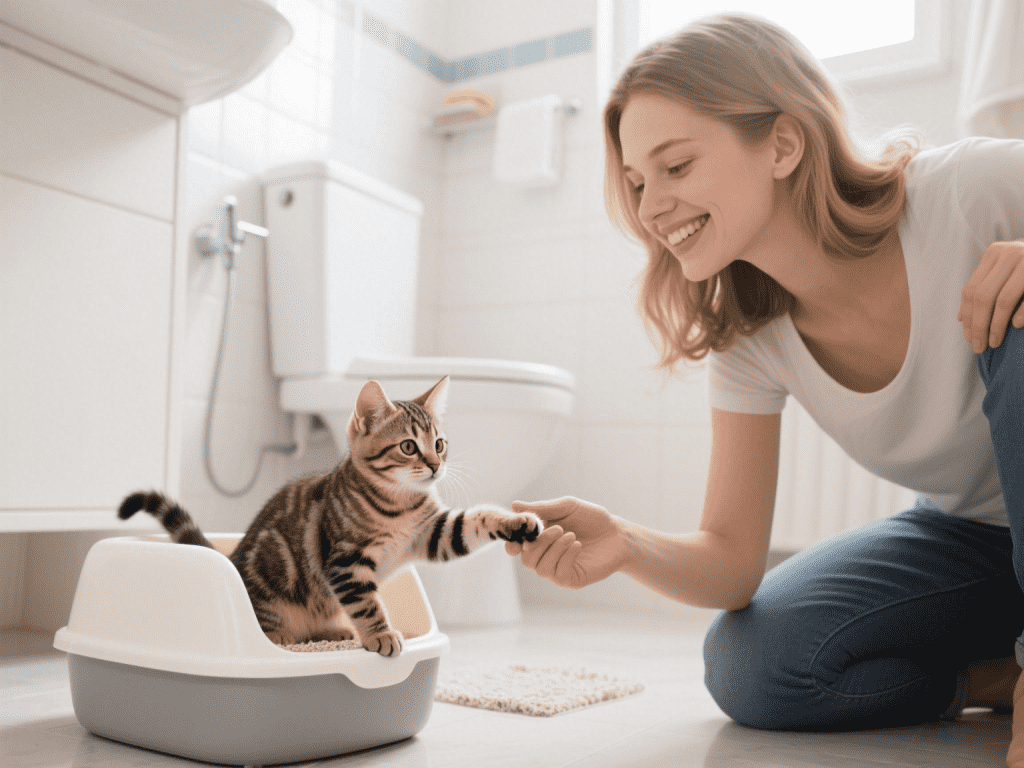
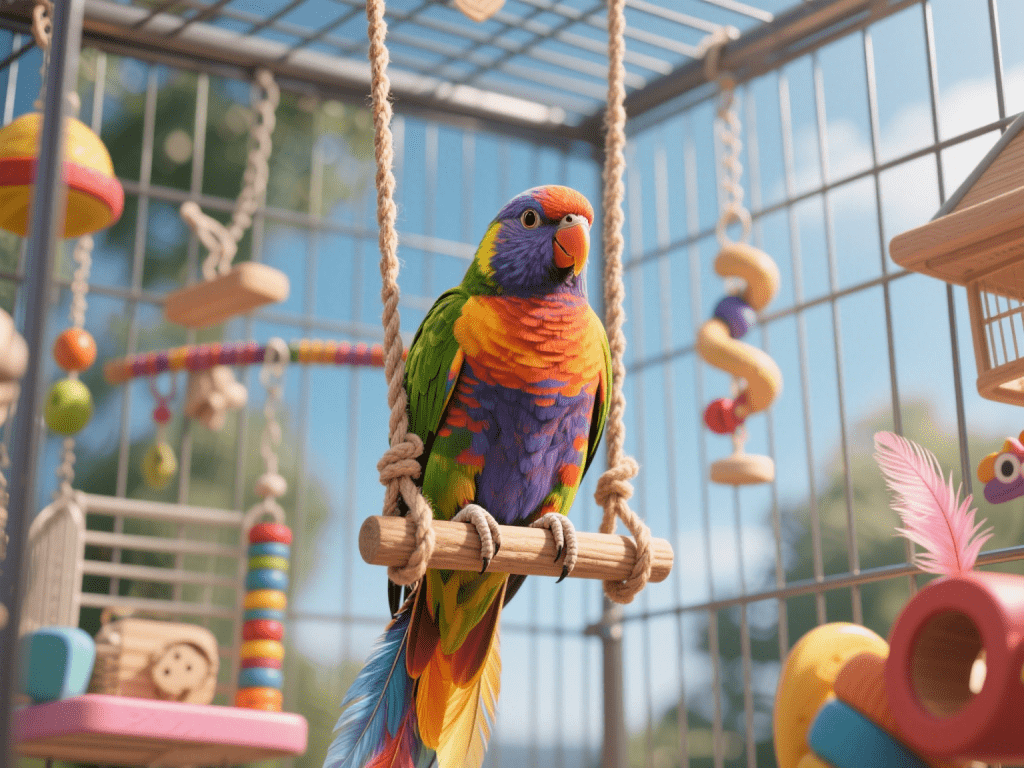
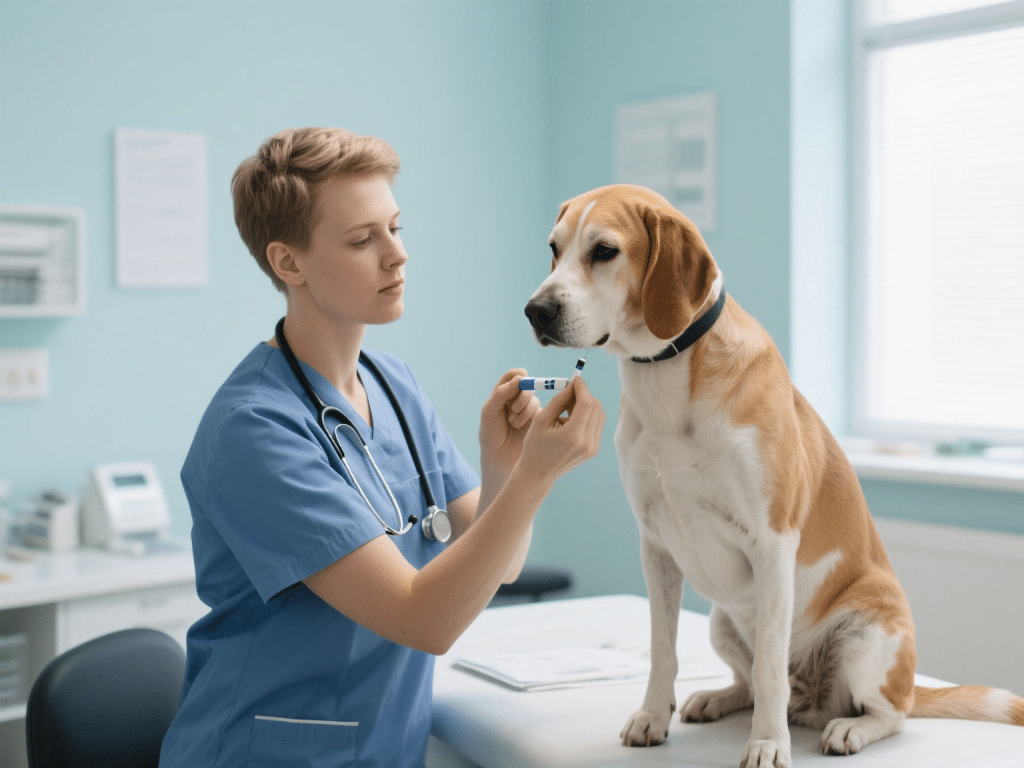
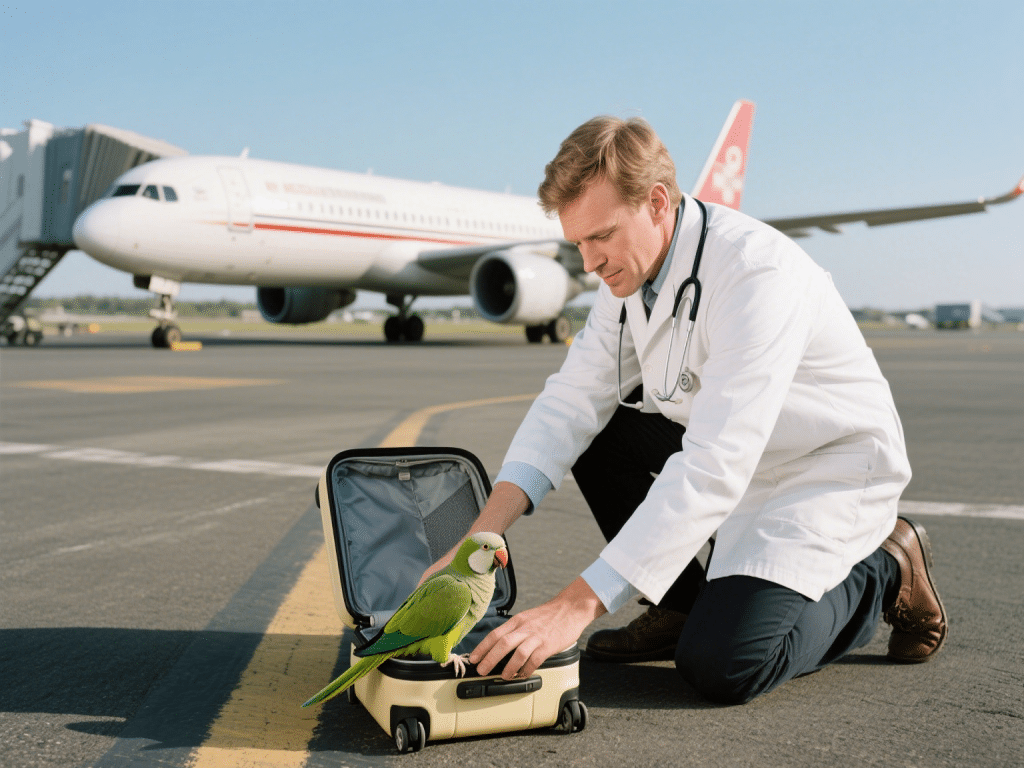

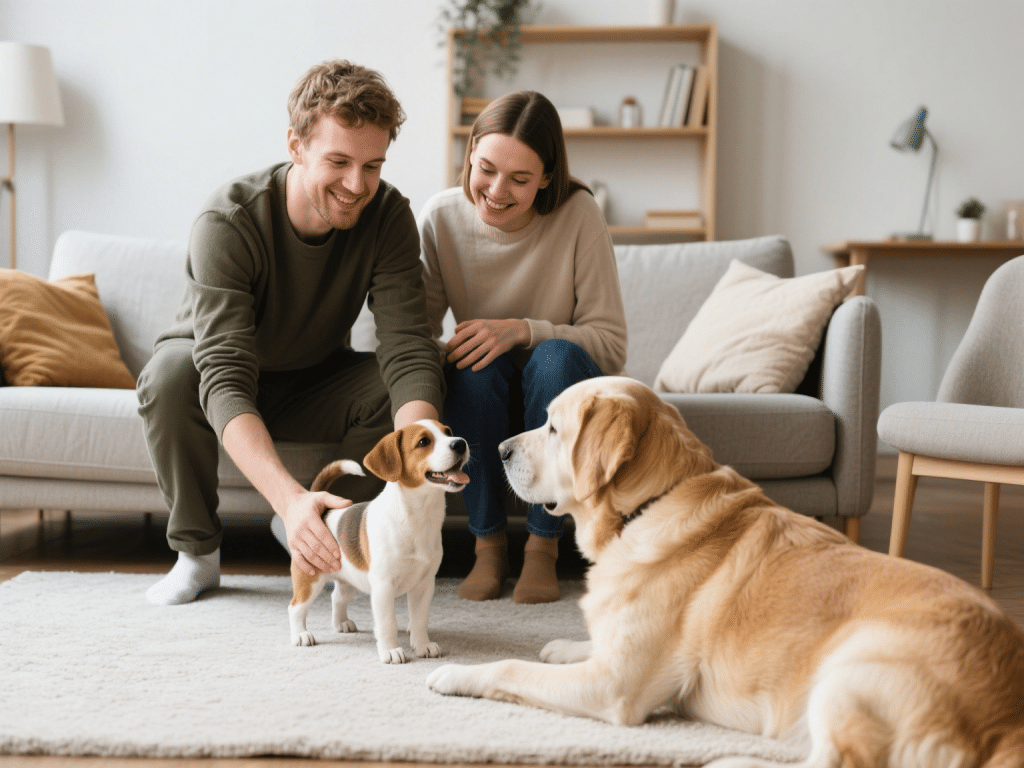
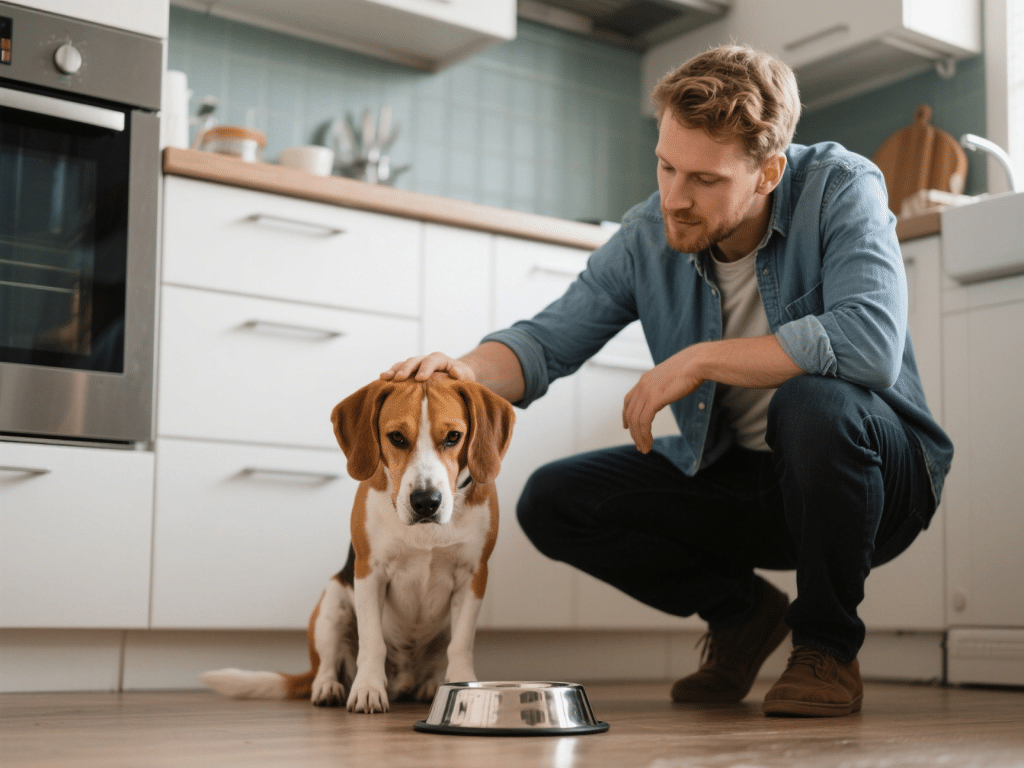

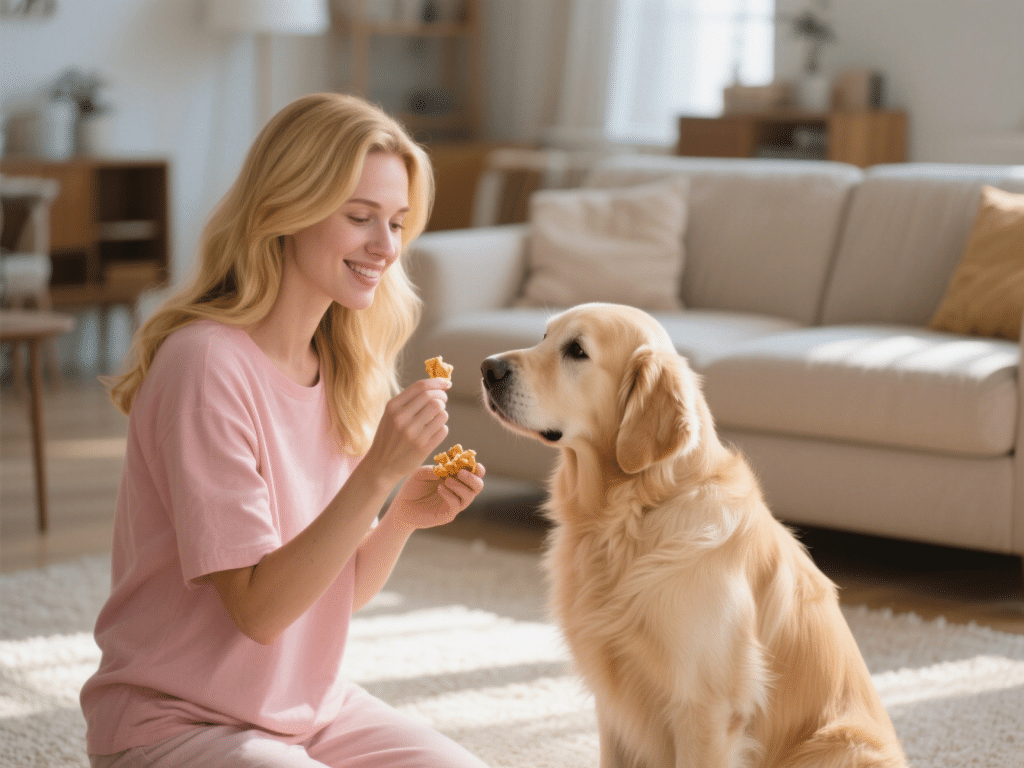
Comments on "House Training an Adult Dog: 5 Tips for Success" :